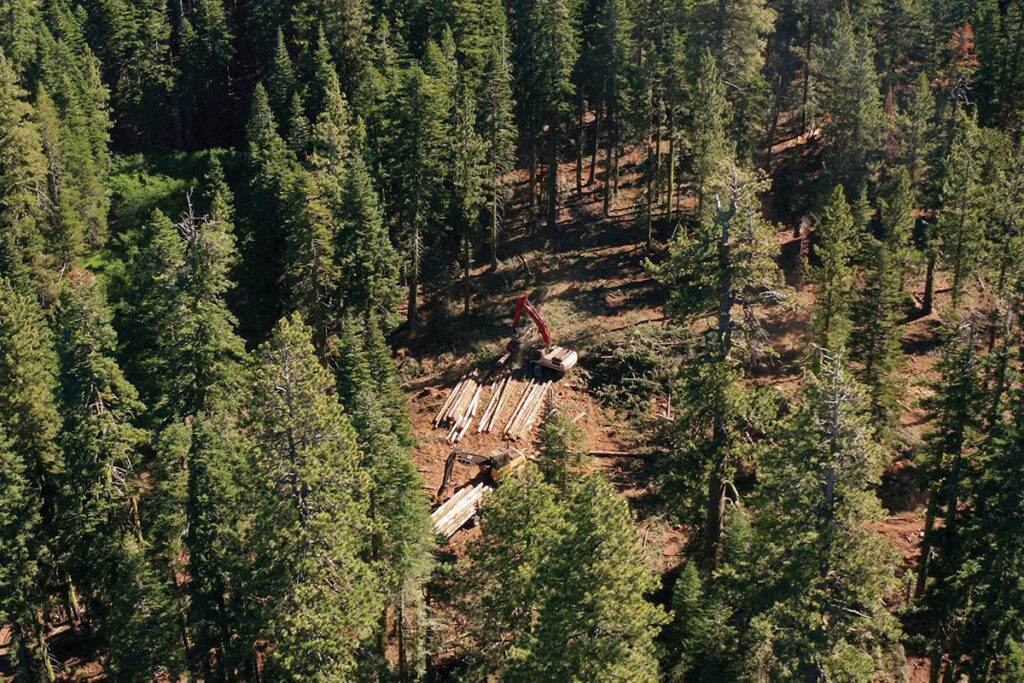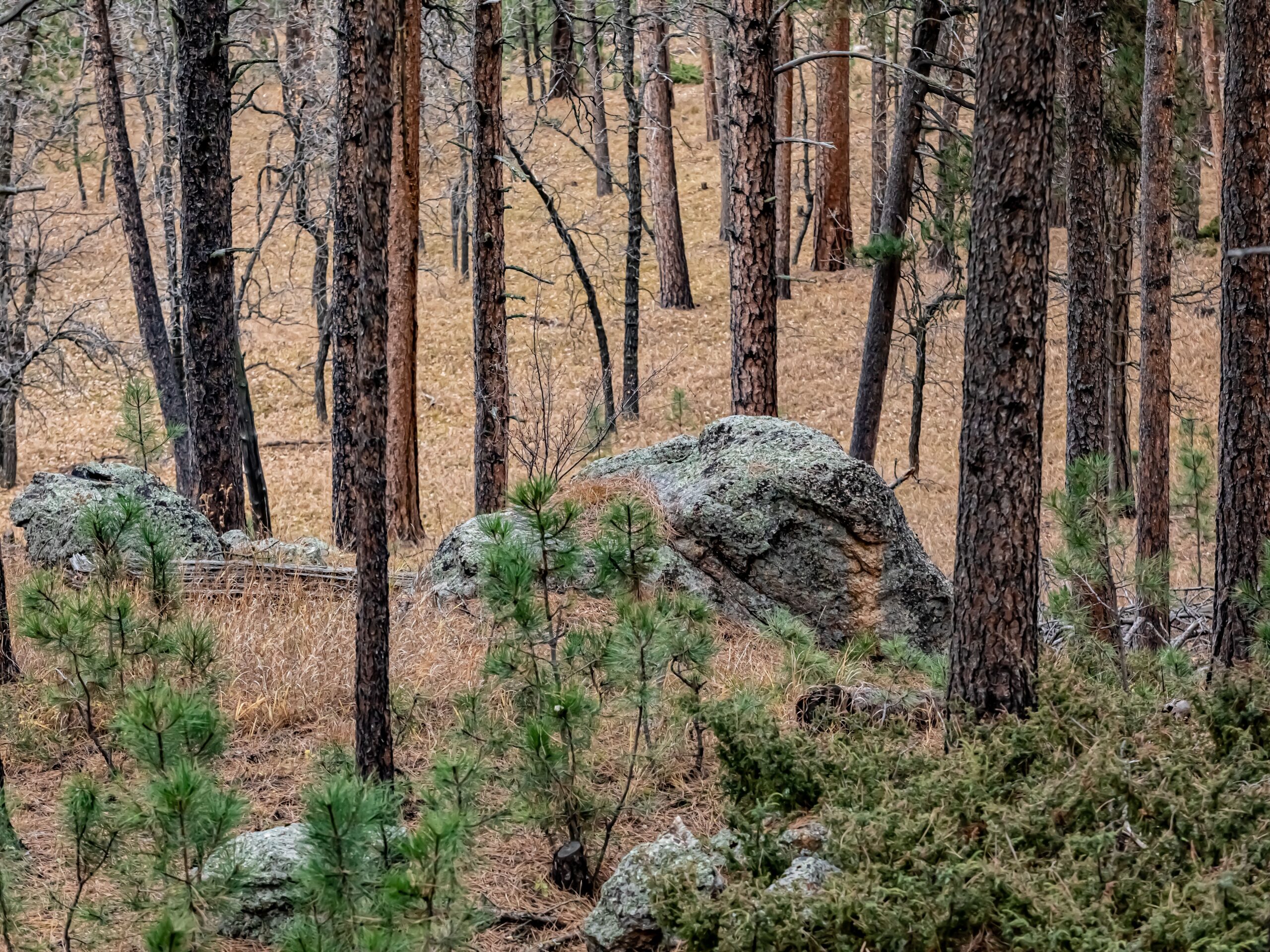
The National Environmental Policy Act (NEPA) is meant to ensure that federal government agencies consider the environmental consequences of their proposed major actions—a laudable goal. However, in practice, it can serve as a roadblock to important work that would actually benefit the environment. Soon the U.S. Supreme Court will reconsider a strained interpretation of NEPA that undermines its workability and has been used to obstruct forest restoration, voluntary conservation, and water markets.
The issue is whether agencies need to prepare hundreds or thousands of pages analyzing remote and speculative environmental impacts only tangentially related to the project being considered. The litigious groups that brought the case offer a theory reminiscent of the idea that a butterfly flapping its wings on one side of the globe causes a tornado on the other. That is a recipe for gridlock and litigation, not environmental improvement.
If NEPA only applied to environmentally harmful projects, that gridlock might serve the statute’s purposes (albeit at extreme cost). But NEPA applies to environmentally beneficial projects too. In fact, the consequences of NEPA gridlock fall most heavily on the Forest Service, which prepares more NEPA analyses than any other federal agency. With an 80-million-acre forest restoration backlog fueling a wildfire crisis, an efficient and effective NEPA process is necessary to avoid environmental catastrophe.
But the D.C. and Ninth Circuits have interpreted NEPA to require agencies to exhaustively analyze remote and speculative harms, an interpretation that has been exploited by litigious groups to challenge many public and private conservation projects. While the case at issue here deals with issues outside PERC’s areas of interest (the construction of a railroad and energy development), this rule has also been used to block forest restoration, markets for voluntary water conservation, and a nonprofit’s efforts to restore native rangelands by reintroducing bison. And, unless the Supreme Court addresses the problem, this misuse of NEPA will get worse. NEPA litigation has increased by 50 percent over the last decade, with cases disproportionally targeting forest restoration and clean energy development.
Aligning with the Biden administration, PERC has filed an amicus brief urging the Supreme Court to overturn the D.C. and Ninth Circuits’ rule, and adopt a workable interpretation of NEPA. Most of the focus of this case has been NEPA’s impact on industry and energy development. Our concern is not with the fate of this particular railroad, but rather with what precedent this ruling will set for other, beneficial environmental projects going forward. As we explain in the brief, the outcome of this case will significantly affect our ability to restore national forests, conserve public land, and carry out environmental restoration projects—efforts that are too often overlooked in discussions of NEPA reform.




